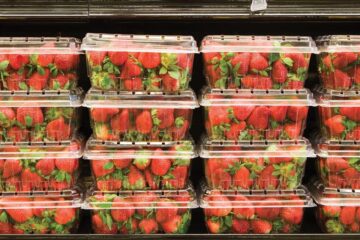In today’s fast-paced industrial landscape, advanced flexible packaging materials have become indispensable across multiple sectors, from food and beverage to pharmaceuticals and consumer goods. These innovative solutions offer a unique combination of durability, clarity, and protective qualities, ensuring products remain fresh, safe, and visually appealing throughout their lifecycle.
One of the key attributes of premium packaging films is their exceptional barrier performance. By effectively shielding contents from moisture, oxygen, and other external factors, these materials significantly extend shelf life while reducing food waste—a critical advantage in an era where sustainability is a top priority. Manufacturers achieve this through specialized formulations and coatings that enhance inherent material properties without compromising recyclability.

Another standout feature is thermal stability, which allows certain films to conform tightly around products when exposed to heat. This characteristic is particularly valuable for creating tamper-evident seals or achieving a sleek, professional finish on retail items. The ability to maintain structural integrity across a wide temperature range makes these films ideal for both frozen food applications and high-speed packaging lines.
Transparency and printability further distinguish high-quality films in competitive markets. Brands increasingly rely on crystal-clear materials that showcase products while supporting vibrant, high-definition graphics. This optical clarity, combined with excellent ink adhesion, enables stunning package designs that capture consumer attention on crowded store shelves.
From an environmental perspective, modern packaging films continue to evolve. Many manufacturers now prioritize mono-material structures and thinner gauges that deliver equal or better performance with reduced material usage. Such innovations align with global circular economy initiatives while meeting stringent food safety regulations across international markets.
As supply chains grow more complex, packaging solutions must adapt to diverse logistical challenges. The most advanced films offer puncture resistance and tensile strength to withstand long-distance transportation, yet remain lightweight to minimize shipping costs. This balance of protection and efficiency explains why flexible packaging continues gaining market share over rigid alternatives worldwide.
For businesses seeking reliable packaging partners, understanding these material characteristics proves crucial. The right film selection can enhance product presentation, improve sustainability credentials, and ultimately strengthen brand reputation in an increasingly eco-conscious marketplace. With ongoing technological advancements, the future of flexible packaging promises even greater breakthroughs in performance and environmental responsibility.


